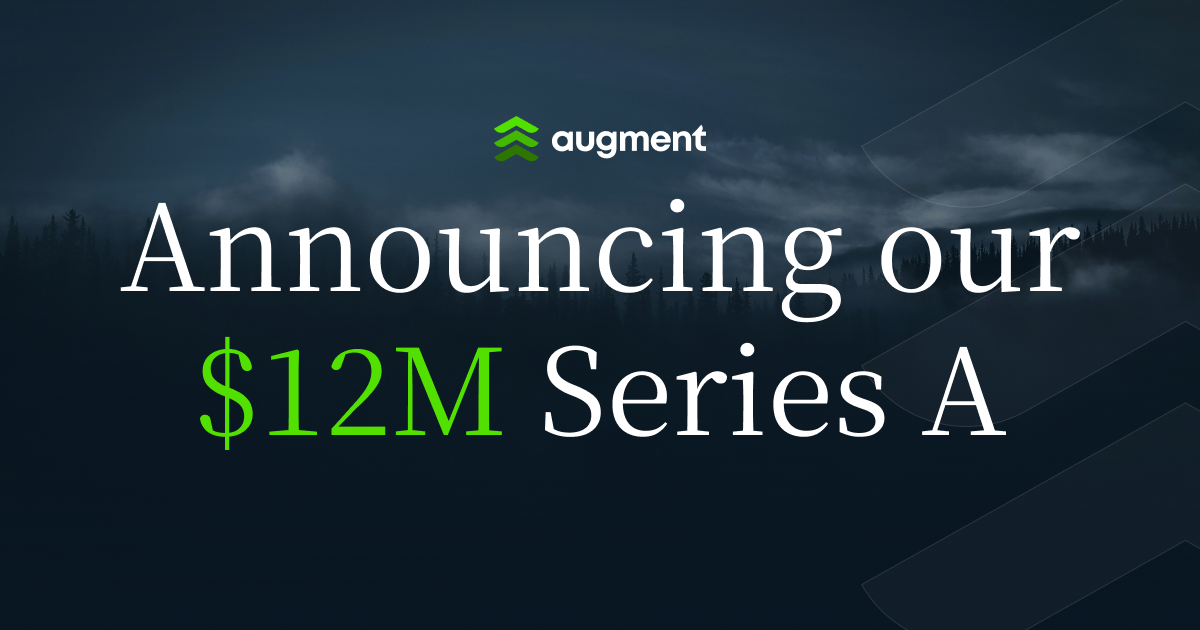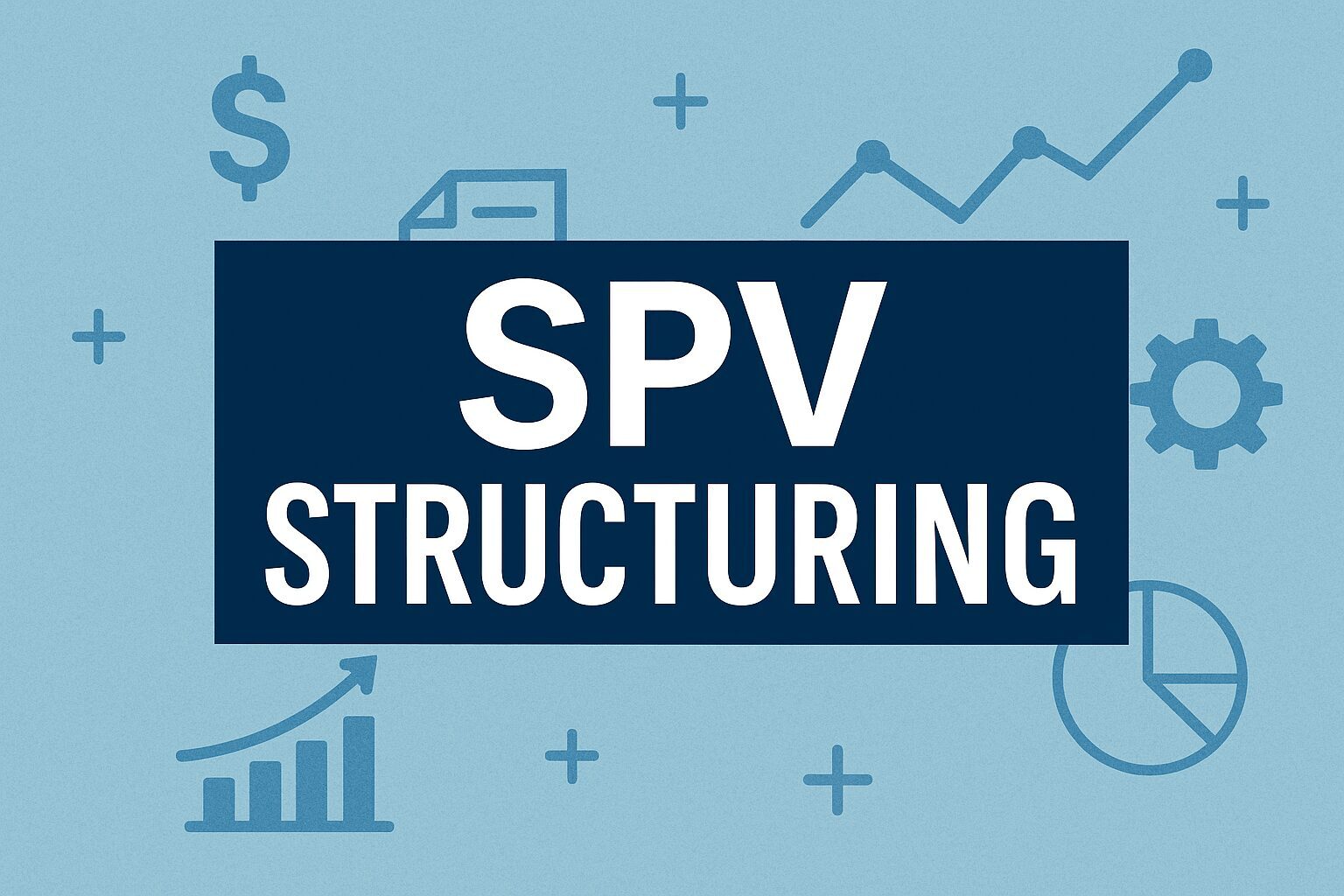After two years of muted tech IPO activity, Figma entered the public markets riding the momentum of a few recent breakout tech listings—and it didn’t disappoint.
The collaborative design startup, acquired by Adobe in a proposed (but later abandoned) $20B deal, finally hit the public markets.
But while early institutional allocators cashed in, a few groups missed out: retail traders and Figma itself.
This is the story of how a broken IPO pricing process, paired with a lack of secondary market price discovery, cost the company, its CEO Dylan Field, and private shareholders billions of dollars in unrealized value.
How IPOs work (and where they break)
Initial public offerings are typically underwritten by a syndicate of investment banks. These banks:
- Work with the company to set an initial price range
- Run a “roadshow” to gauge institutional investor demand
- Allocate shares before the IPO to a curated group of funds and clients
- Retain a greenshoe option to purchase additional shares if demand is strong
- Charge underwriting fees on the amount raised
The problem? The IPO price is set via informal feedback loops, not real market orders. Banks survey interest, but those investors aren’t obligated to buy at any price. The pricing process favors conservatism, often significantly undervaluing in-demand companies.
Figma’s IPO by the numbers
Here’s how it played out for Figma:
- IPO price: $33 per share (originally aimed to be listed at $25-$28 per share)
- Total raised: ~$2B
- First-day close: $115.50 (Up ~250%)
- Implied market cap at close: ~$70B
Had Figma priced closer to actual demand, say at $90/share, it could have potentially raised ~$5.5B, nearly 3x what it did. That’s over $3B in potentially lost primary capital.
It wasn’t just the company that missed out. CEO Dylan Field reportedly sold around 2.35M shares in the IPO, alongside several venture firms including Sequoia, Index Ventures, Greylock, and Kleiner Perkins, who each reportedly sold portions of their holdings. Meanwhile, most employees were subject to standard lockup periods and may have missed the opportunity to participate.
The secondary market could’ve helped
One key reason why we at Augment think Figma mispriced its IPO?
It restricted secondary trading in the lead-up to going public.
Without a robust secondary market, there were no real pre-IPO price signals. Contrast that with companies like Rubrik and Chime, which allowed structured secondary sales in the months prior to their offerings.
Rubrik, for instance, was trading in the $30–$34 range in secondary markets before IPO, and went public at nearly the same price. The market had already found the clearing price. No 250% day-one pop. No capital left on the table.
Liquidity isn’t just a nice-to-have for employees and investors. It’s a price discovery mechanism. It surfaces real bids and offers that reflect actual demand. When companies suppress that information, they enter IPOs blind.
The winners and losers
- Winners:
- Institutional investors who got access to the IPO
- Investment banks that earned fees and goodwill from the clients they got in
- Losers:
- Figma, which raised less capital than it could have if priced closer to demand
- Retail traders, most of whom couldn’t access the IPO due to lockup periods
A broken system for the public and private
Retail investors are often locked out of hot IPOs entirely. As Robinhood CEO Vlad Tenev posted:
“Some IPOs have been incredibly oversubscribed, both from institutional and retail, and this has been great! We're working hard to continue to advocate for retail and make sure you get the allocations you deserve.”
That’s the reality today. Retail demand is sky-high, but IPO allocations are still tightly gatekept. The only way in is usually after the pop.
This imbalance isn’t just unfair, it’s inefficient. It misprices assets. It hides true demand. It punishes the companies themselves.
What needs to change
1. Pre-IPO Liquidity Needs a Platform
Controlled secondary trading platforms, like Augment, surface real-time demand data that can help companies price more accurately. When done transparently, this doesn’t undermine IPOs, it improves them.
2. Retail Should Have a Seat at the Table
Products like Robinhood IPO Access are a good step, but they rely on banks sharing allocations. Platforms that enable direct access to secondary shares before the IPO unlock participation much earlier.
3. Companies Should Embrace the Market
Restricting secondaries to avoid “price confusion” does the opposite, it creates information asymmetry and leaves capital on the table. Liquidity is leverage. Use it.
A new playbook is emerging
Private markets are shifting. As companies stay private longer, and retail demand surges for pre-IPO access, the next generation of tech companies needs new tools for liquidity and price discovery.
Platforms like Augment are building that infrastructure. We believe private-to-public will become more of a spectrum across liquidity and disclosure, rather than the abrupt step function it is today.
As Figma’s misstep shows, the stakes are high. Billions in capital efficiency, trust, and alignment are on the line. The private market deserves better execution.
*Securities transactions are executed on Augment Capital, LLC's ATS and offered through Augment Capital, LLC (member FINRA/SIPC)
Important Disclosures: Investing in private securities involves substantial risk, including the potential loss of principal. Private securities are typically illiquid, have limited pricing transparency, and often require longer holding periods. These investments are available exclusively to qualified accredited investors and offer no guarantee of returns. Projections and forward-looking statements in this content are based on current market conditions and assumptions. Actual results may vary significantly and past performance does not indicate future outcomes. Views are those of the author. Additionally, past performance of private securities does not indicate or predict future results.






